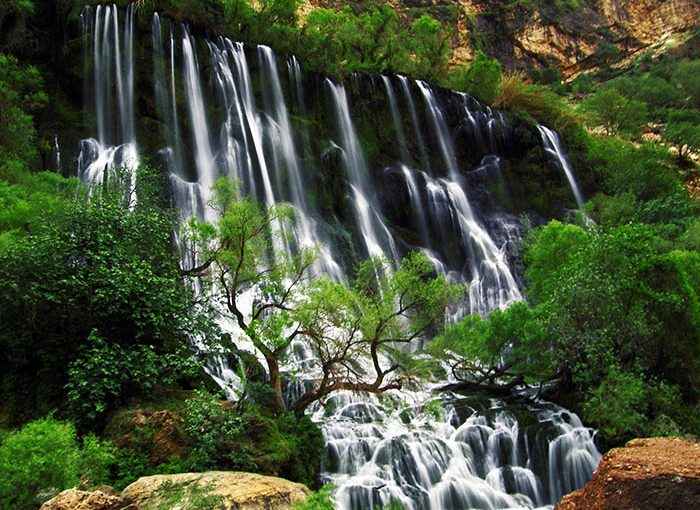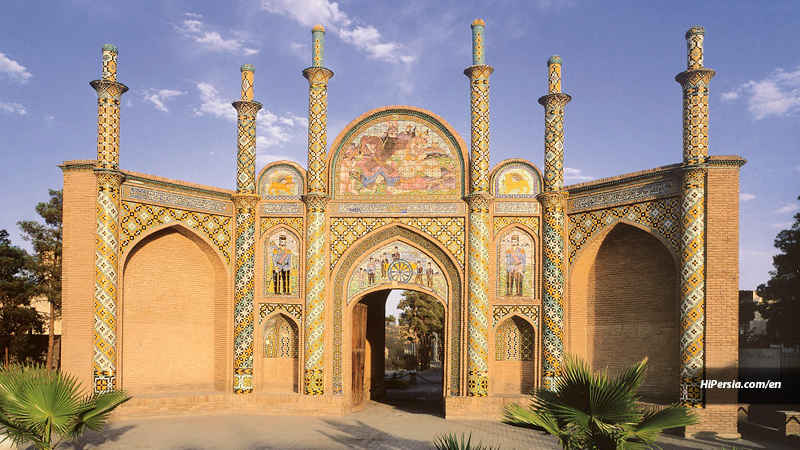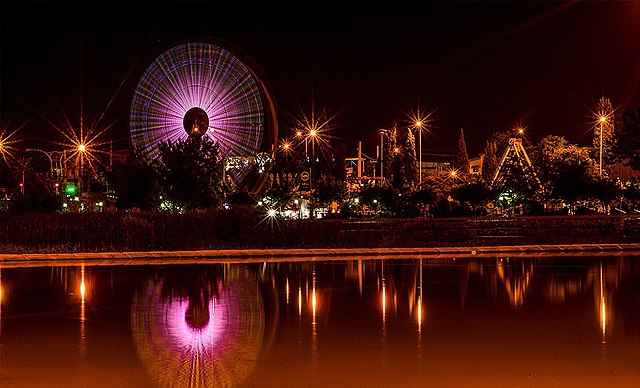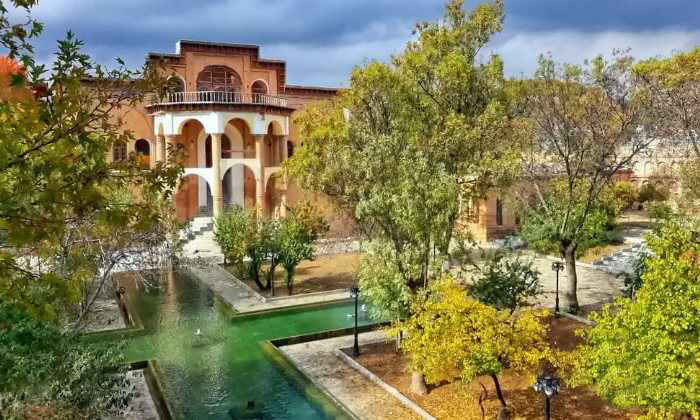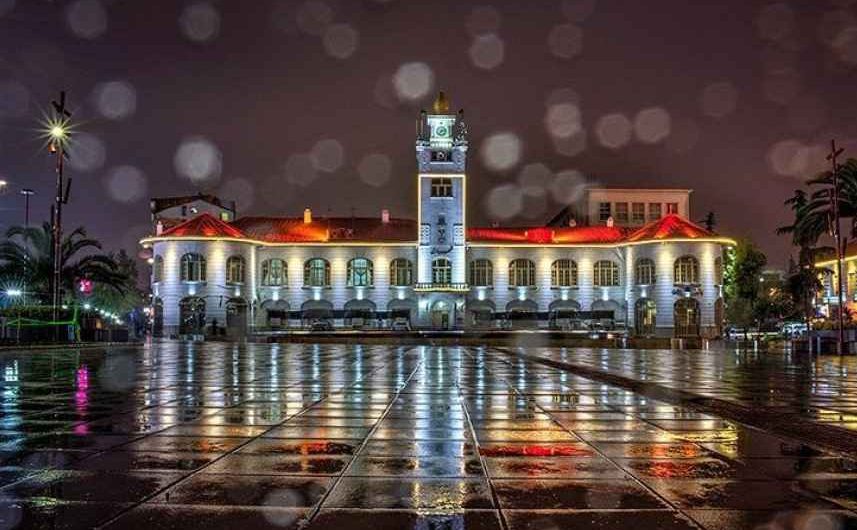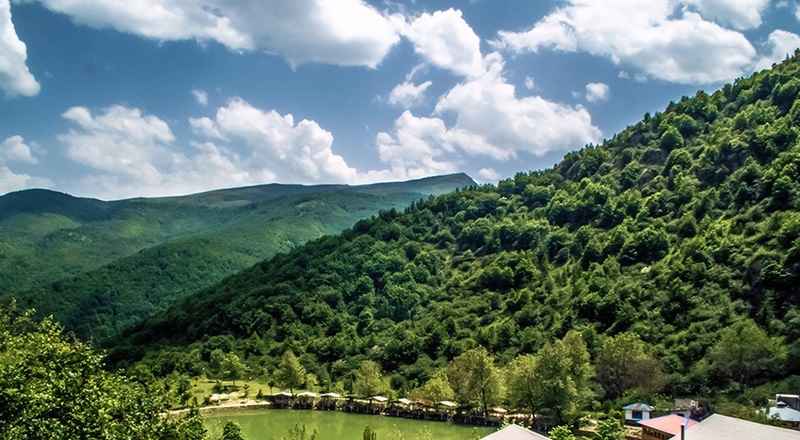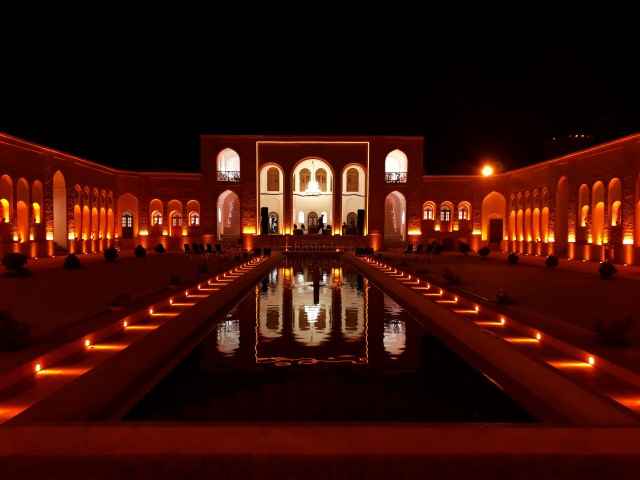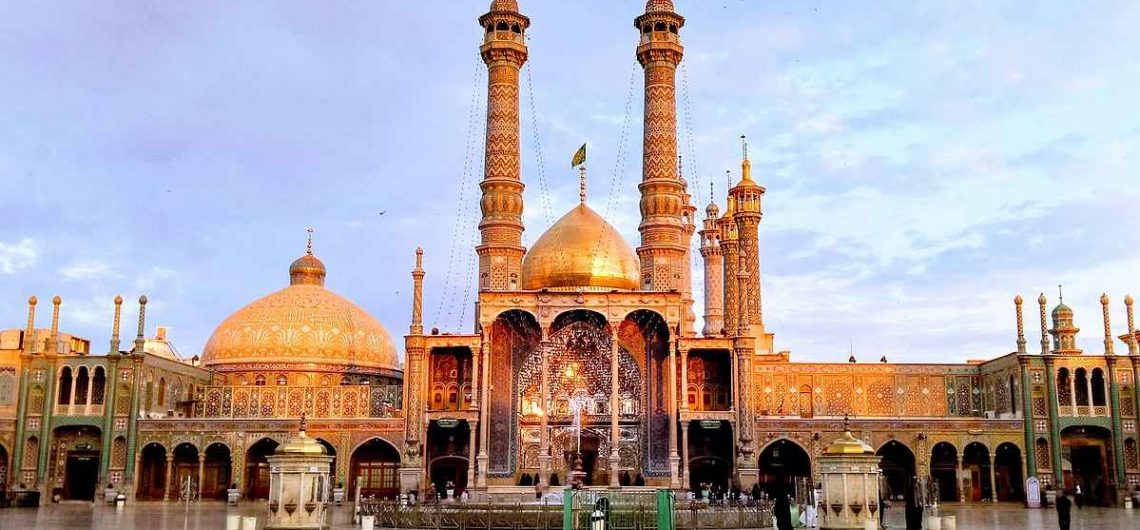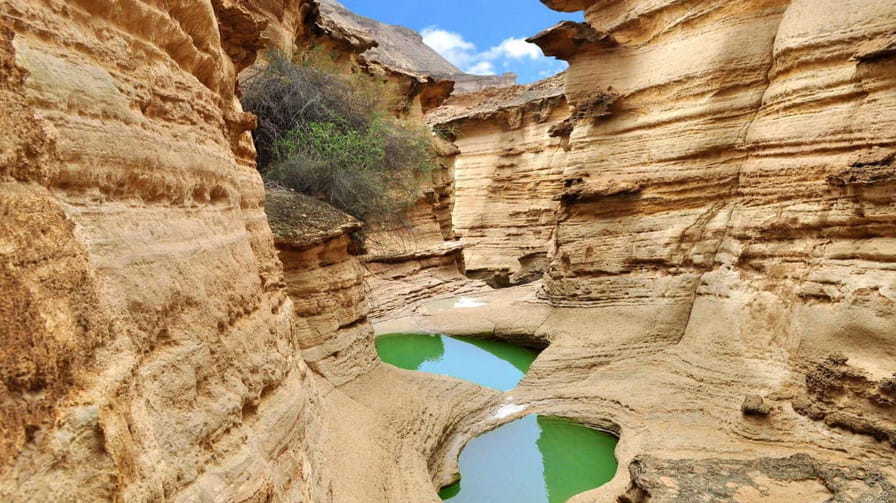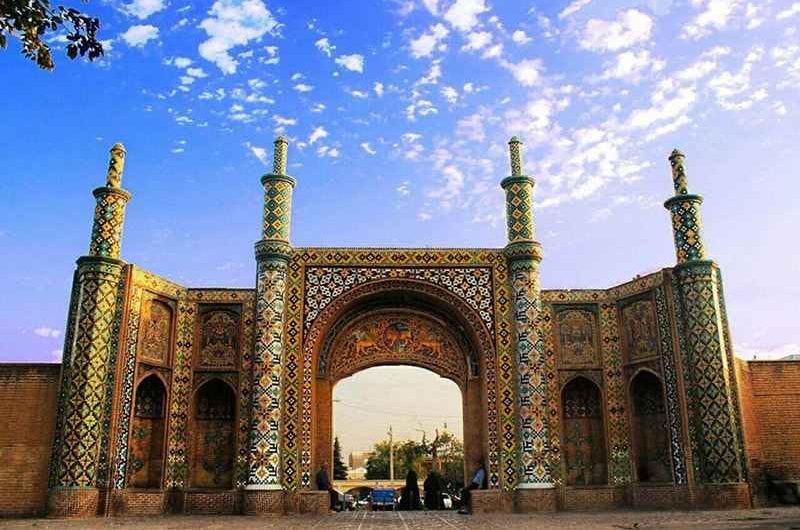Qom The second religious pilgrimage site, after Mashhad and the first Shiite theological center in Iran, with its large golden dome it is one of the most visited cities in the country. Qom, the capital of the homonymous province, is 100 miles south of Tehran on the edge of the central desert. The socio-economic activities of this former rural market and cotton center are mainly based on the pilgrimage and shrine of Fatima Masuma: sister of Imam Reza, the eighth Imam of the Shiites, buried in Mashhad. The city, founded in the early 8th century, gradually established itself with Ray and Kashan as one of the main religious centers in the country. Following the Mongol invasion in the 13th century, the city later benefited from the protection of the descendants of Tamerlane. In the 16th century, the Safavids (1501-1722) made it their winter capital. At the beginning of the 20th century, during the Iranian constitutional revolution in 1905, Qom was home to many political opponents of the Qajar dynasty. With the resurgence of the traditional school, the protests of the clerics of the last shah regime intensified under the leadership of Mosaddeq (1951-1953), the mullahs called their followers to rebellion, as did Ayatollah Khomeini (1898- 1989). Qom, in addition to being a holy city, plays an important role in the modern history of Iran, especially during the first steps of the Islamic Revolution in 1979. This city attracts thousands of Shiites from all over the world. In Muharram, the month of mourning commemorating the martyrdom of Imam Husayn, the crowds reach their peak. A small and picturesque square, dominated by tall, thin minarets and a gigantic iwan that serves as the entrance portal, gives access to the mausoleum compound. However, non-Muslims are prohibited from entering the shrine. The magnificent shrine
Qom
The second religious pilgrimage site, after Mashhad and the first Shiite theological center in Iran, with its large golden dome it is one of the most visited cities in the country. Qom, the capital of the homonymous province, is 100 miles south of Tehran on the edge of the central desert. The socio-economic activities of this former rural market and cotton center are mainly based on the pilgrimage and shrine of Fatima Masuma: sister of Imam Reza, the eighth Imam of the Shiites, buried in Mashhad.
The city, founded in the early 8th century, gradually established itself with Ray and Kashan as one of the main religious centers in the country. Following the Mongol invasion in the 13th century, the city later benefited from the protection of the descendants of Tamerlane. In the 16th century, the Safavids (1501-1722) made it their winter capital. At the beginning of the 20th century, during the Iranian constitutional revolution in 1905, Qom was home to many political opponents of the Qajar dynasty. With the resurgence of the traditional school, the protests of the clerics of the last shah regime intensified under the leadership of Mosaddeq (1951-1953), the mullahs called their followers to rebellion, as did Ayatollah Khomeini (1898- 1989). Qom, in addition to being a holy city, plays an important role in the modern history of Iran, especially during the first steps of the Islamic Revolution in 1979.


